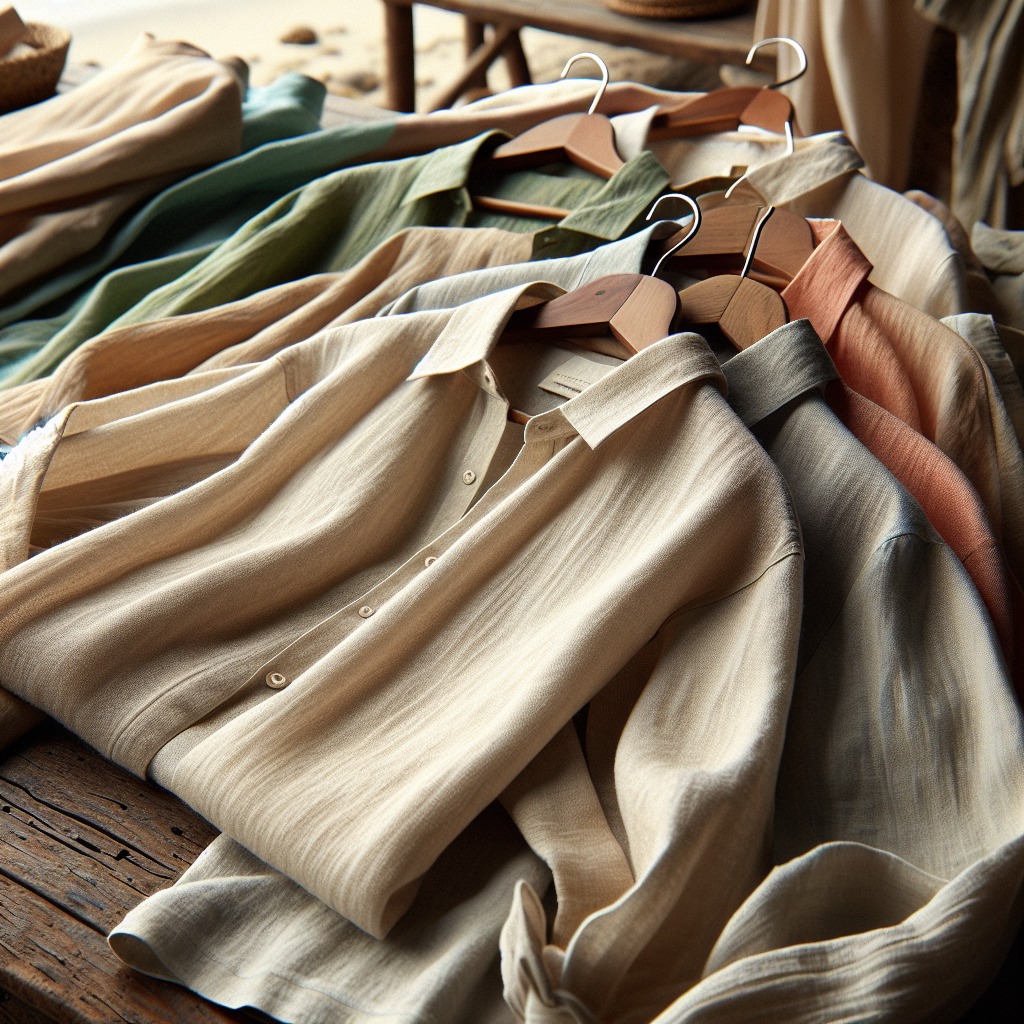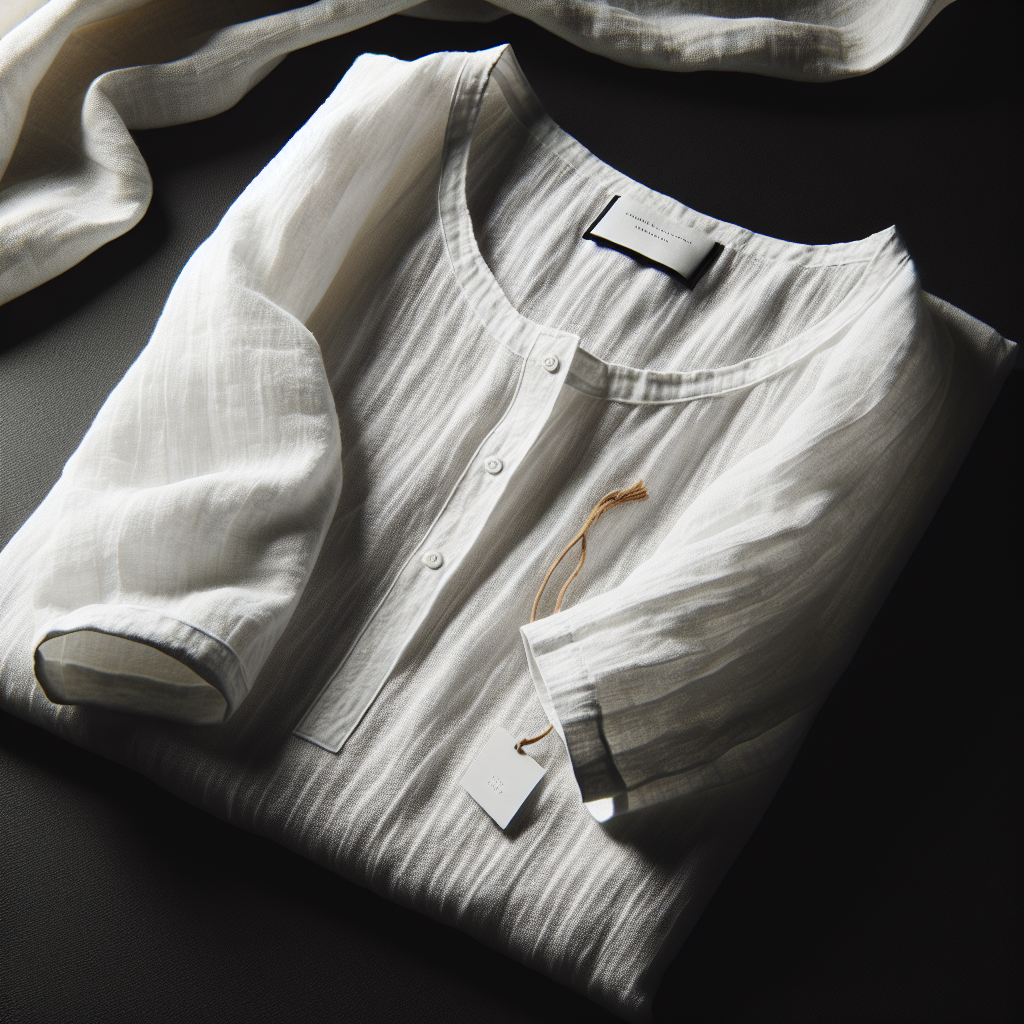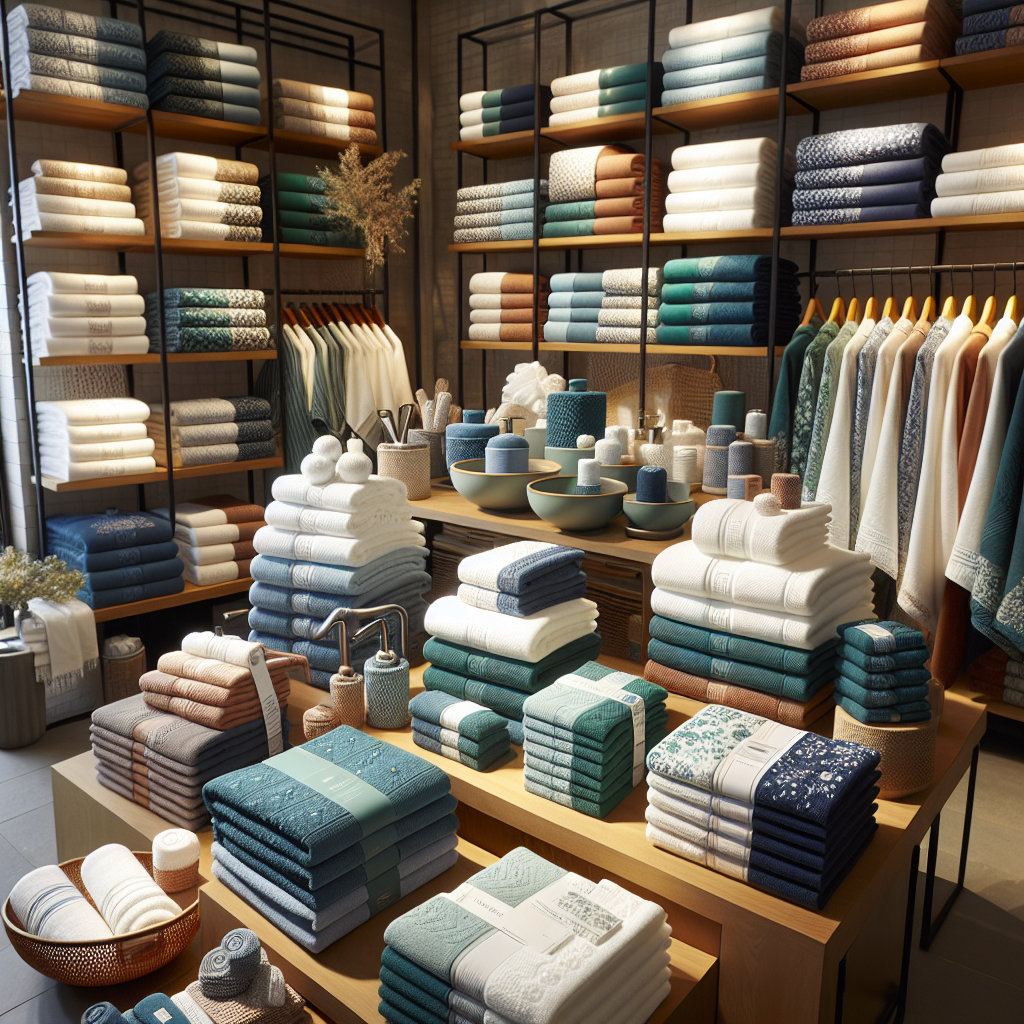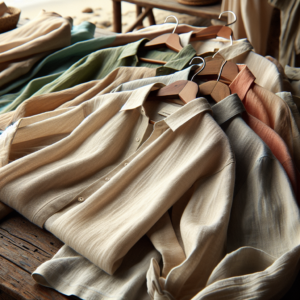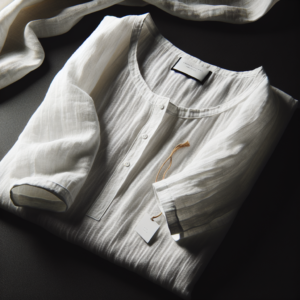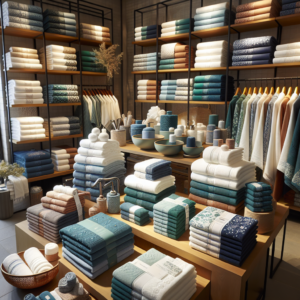Signs of Low-Quality Egyptian Cotton
Egyptian cotton is known for its luxurious feel and high-quality, making it a popular choice for bedding, clothing, and other textiles. However, with its popularity comes the risk of counterfeit products claiming to be made from Egyptian cotton. These fake products not only deceive consumers but also undermine the reputation of genuine Egyptian cotton. As a consumer, it is important to know how to identify fake Egyptian cotton to ensure that you are getting what you paid for. In this article, we will discuss the signs of low-quality Egyptian cotton that can help you spot a fake product.
One of the first signs of low-quality Egyptian cotton is the price. Genuine Egyptian cotton is known to be more expensive than regular cotton due to its superior quality and production process. If you come across a product claiming to be made from Egyptian cotton at a significantly lower price, it is most likely a fake. Manufacturers of fake Egyptian cotton often use cheaper materials and production methods to cut costs, resulting in a lower price point. Keep in mind that if something seems too good to be true, it probably is.
Another sign of low-quality Egyptian cotton is the feel of the fabric. Genuine Egyptian cotton is known for its softness and smoothness, which is a result of its long fibers. These long fibers are what make Egyptian cotton so desirable and expensive. If the fabric feels rough or stiff, it is most likely not made from Egyptian cotton. Additionally, fake Egyptian cotton may also have a shiny or slippery feel, which is a result of chemical treatments used to mimic the softness of genuine Egyptian cotton.
The next sign to look out for is the appearance of the fabric. Genuine Egyptian cotton has a distinctive luster and sheen that is not found in regular cotton. This is due to the longer fibers reflecting light differently. If the fabric appears dull or lacks the characteristic sheen of Egyptian cotton, it is most likely a fake. Additionally, fake Egyptian cotton may also have a more uniform appearance, as opposed to the natural variations in color and texture found in genuine Egyptian cotton.
Another way to identify fake Egyptian cotton is by looking at the label. Genuine Egyptian cotton products will have a label that clearly states the percentage of Egyptian cotton used in the product. If the label does not mention the percentage or only states “Egyptian cotton,” it is most likely a fake. Additionally, some manufacturers may use misleading terms such as “Egyptian-style” or “Egyptian-like” to deceive consumers. Be sure to read the label carefully and look for specific information about the type and percentage of cotton used.
Lastly, the quality of the stitching and finishing can also be a sign of low-quality Egyptian cotton. Genuine Egyptian cotton is known for its durability and strength, which is reflected in the stitching and finishing of the product. If you notice loose threads, uneven stitching, or poor finishing, it is a red flag that the product is not made from genuine Egyptian cotton. Additionally, fake Egyptian cotton may also shrink or lose its shape after washing, which is not a characteristic of high-quality Egyptian cotton.
In conclusion, there are several signs of low-quality Egyptian cotton that can help you identify a fake product. These include the price, feel, appearance, label, and quality of stitching and finishing. As a consumer, it is important to be aware of these signs and to always purchase from reputable and trusted brands. By being vigilant and informed, you can ensure that you are getting genuine Egyptian cotton products and supporting the industry’s integrity.
How to Spot Fake Egyptian Cotton Labels
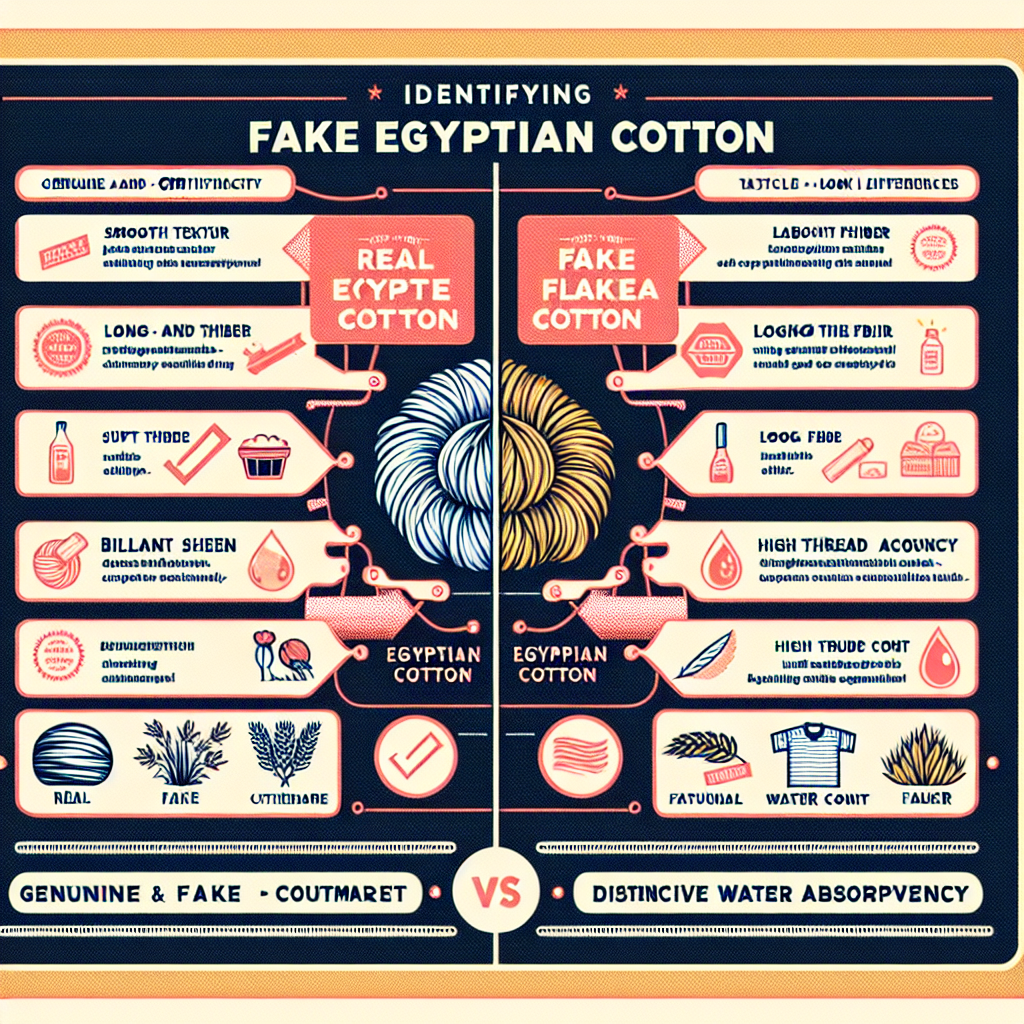
Egyptian cotton is known for its luxurious feel and high-quality, making it a popular choice for bedding, clothing, and other textiles. However, with its popularity comes the risk of counterfeit products claiming to be made from Egyptian cotton. These fake products not only deceive consumers but also harm the reputation of genuine Egyptian cotton. As a consumer, it is important to know how to spot fake Egyptian cotton labels to ensure that you are getting what you paid for. In this article, we will discuss the key factors to look for when identifying fake Egyptian cotton labels.
The first step in identifying fake Egyptian cotton labels is to understand what makes Egyptian cotton unique. Egyptian cotton is grown in the Nile River Valley and is known for its long, fine fibers. These fibers are what give Egyptian cotton its softness, strength, and durability. The longer the fibers, the higher the quality of the cotton. This is why Egyptian cotton is often more expensive than other types of cotton.
One of the easiest ways to spot a fake Egyptian cotton label is to check the price. If the price seems too good to be true, it probably is. Genuine Egyptian cotton is a premium product and is priced accordingly. If you come across a product claiming to be made from Egyptian cotton at a significantly lower price, it is most likely a fake.
Another important factor to consider is the country of origin. Egyptian cotton is only grown in Egypt, so any product claiming to be made from Egyptian cotton but manufactured in a different country is most likely fake. Some manufacturers may try to deceive consumers by using terms like “Egyptian-style” or “Egyptian-inspired,” but these are not the same as genuine Egyptian cotton.
Next, take a closer look at the label itself. Genuine Egyptian cotton products will have a label that clearly states “100% Egyptian cotton” or “Made with Egyptian cotton.” If the label does not mention Egyptian cotton at all, it is most likely a fake. Additionally, check for any spelling or grammatical errors on the label. Genuine products are usually made with great attention to detail, so any mistakes on the label could be a red flag.
The feel of the fabric is also a key indicator of whether the product is made from genuine Egyptian cotton. As mentioned earlier, Egyptian cotton is known for its softness and smoothness. If the fabric feels rough or coarse, it is most likely not made from Egyptian cotton. However, keep in mind that some manufacturers may use a blend of Egyptian cotton and other types of cotton, so the fabric may not feel as soft as 100% Egyptian cotton.
Another way to identify fake Egyptian cotton labels is to look for the trademarked logo of the Cotton Egypt Association. This logo is a pyramid with a cotton flower inside and is only used on products made from 100% Egyptian cotton. If the product does not have this logo, it is most likely not made from genuine Egyptian cotton.
In addition to these key factors, there are a few other things to keep in mind when trying to spot fake Egyptian cotton labels. Be wary of products that claim to be made from “long-staple” or “extra-long-staple” cotton. These terms are often used to describe Egyptian cotton, but they can also be used for other types of cotton. It is best to look for the specific mention of Egyptian cotton on the label.
In conclusion, it is important to be vigilant when purchasing products claiming to be made from Egyptian cotton. By understanding the key factors to look for and paying attention to details, you can easily spot fake Egyptian cotton labels and ensure that you are getting the high-quality product you paid for. Remember, genuine Egyptian cotton is a premium product and is worth the investment.
Tips for Identifying Fake Egyptian Cotton Products
Egyptian cotton is known for its luxurious feel, durability, and high-quality. It has been a sought-after fabric for centuries, with its origins dating back to ancient Egypt. However, with its popularity comes the risk of counterfeit products being sold in the market. Fake Egyptian cotton products are not only a waste of money, but they also do not provide the same level of comfort and quality as the real thing. In this article, we will discuss how to identify fake Egyptian cotton products and ensure that you are getting the real deal.
One of the first things to look for when trying to identify fake Egyptian cotton is the price. Authentic Egyptian cotton is a premium fabric and is more expensive than regular cotton. If you come across a product that claims to be made of Egyptian cotton at a significantly lower price, it is most likely a fake. Manufacturers of fake Egyptian cotton products often use lower quality cotton and try to pass it off as the real thing. So, if the price seems too good to be true, it probably is.
Another way to identify fake Egyptian cotton is by looking at the label. Authentic Egyptian cotton products will have a label that clearly states “100% Egyptian cotton” or “Made with Egyptian cotton.” If the label does not mention Egyptian cotton or has vague terms like “Egyptian-like” or “Egyptian-style,” it is most likely a fake. Additionally, check for the country of origin on the label. Egyptian cotton is grown and produced in Egypt, so if the label says otherwise, it is a red flag.
The next step in identifying fake Egyptian cotton is to feel the fabric. Authentic Egyptian cotton has a soft, smooth, and silky feel. It is also known for its high absorbency, so it should feel lightweight and breathable. If the fabric feels rough, stiff, or heavy, it is most likely not made of Egyptian cotton. Fake Egyptian cotton products are often made with lower quality cotton or synthetic fibers, which do not have the same softness and absorbency as the real thing.
Another way to determine the authenticity of Egyptian cotton is by looking at the weave of the fabric. Authentic Egyptian cotton is known for its long, fine fibers, which result in a tight and smooth weave. If you can see gaps or loose threads in the fabric, it is a sign that it is not made of Egyptian cotton. Additionally, check for any inconsistencies in the weave, as this is a common characteristic of fake Egyptian cotton products.
One of the most reliable ways to identify fake Egyptian cotton is by conducting a burn test. Take a small piece of the fabric and burn it with a lighter. Authentic Egyptian cotton will produce a soft, fine ash, and will not have a strong smell. If the fabric produces a hard, lumpy ash and has a chemical smell, it is most likely not made of Egyptian cotton. This is because fake Egyptian cotton products are often treated with chemicals to make them appear softer and more luxurious.
Lastly, it is essential to purchase Egyptian cotton products from reputable and trusted brands. These brands have a reputation to uphold and are less likely to sell fake products. Additionally, they often provide a certificate of authenticity with their products, which guarantees that the fabric is 100% Egyptian cotton.
In conclusion, fake Egyptian cotton products are prevalent in the market, and it is essential to know how to identify them. By looking at the price, label, feel, weave, and conducting a burn test, you can determine the authenticity of Egyptian cotton. Remember to purchase from reputable brands and always be cautious of deals that seem too good to be true. With these tips in mind, you can ensure that you are getting the real deal when it comes to Egyptian cotton products.

